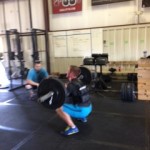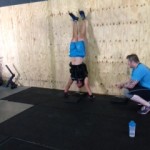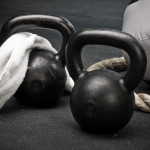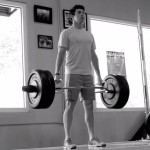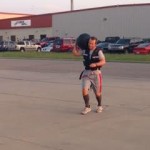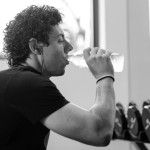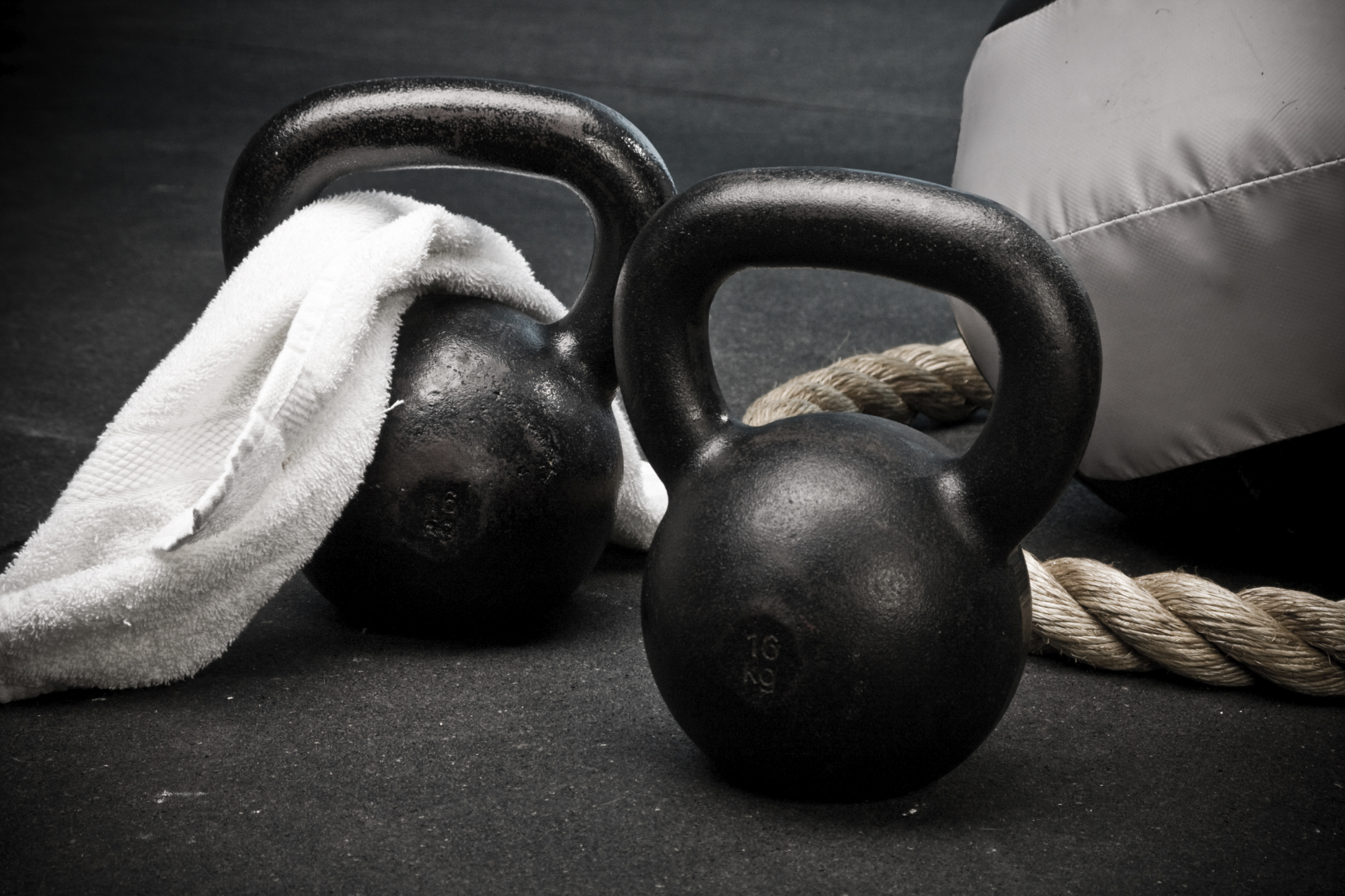
There are many health reasons for a person to exercise and eat healthy. As a golf professional, a professional golfer and golf instructor for over 10 years I have noticed that many of the adults that I teach have physical limitations that keep them from reaching their golfing goals. Anything from flexibility, muscle mobility or past surgeries can have a huge effect on how you swing the golf club. The great news is that I have seen many adults improve their overall “health” by playing golf. How
What muscles do I use in the golf swing?
Research has shown that the key lower body muscle was the gluteus maximus or (your butt). While the key upper body muscles are the pectoralis major (chest), latissimus dorsi (back), core and forearm muscles.
The gluteus maximus was shown to be responsible for hip external (turn away from left hip on backswing of right handed player) and internal rotation (turn into right hip on backswing) on the backswing and downswing as well as hip extension which is what gets you into a nice balanced posture during your finish. The pectoralis and latissimus were shown to create strong shoulder adductors which allows you to bring your arms across your body and raise them up in the air. The core which is considered the glue that holds the swing together transmits force from the lower body into the upper body and helps you rotate your torso, last but not least the forearms transmit all of the force created by the body into the club.
What this means to you is that if your thinking about getting your body in shape for the golf season then start with the king or your gluteus maximus followed by your chest, latissimus dorsi, your core and finally your forearms. The following are may favorite exercises for these muscle groups. If your really want to maximize your off season see me, a TPI Certified Golf Instructor or a TPI Certified Fitness expert to evaluate your body and build a program for you.
Golf Specific Exercises & Muscle Groups:
Walking/Running (gluteus maximus)
Squats/Front Squats/Wall Balls/Cleans (hang, squat, power)/Snatches (gluteus maximus)
Push ups/Hand Stand Push Ups (latissimus dorsi (back), core, shoulder and forearm)
Kettle Bell Swings (hips, gluteus maximus, hamstrings, latissimus dorsi, abdominal , shoulders, pecs and forearm)
Deadlifts (compound movement of hip, gluteus maximus, hamstrings, latissimus dorsi, (lumbar and thoracic spine), core, forearm and more.)
Definition: Coordination between two or more effectors (muscles, joints, limbs, or even different people) occurs when the motor commands to one effector depend (in a causal or statistical sense) on the state of the other effector(s). Coordination is goal-directed; the interdependency of movements promotes the achievement of a behavioral task.
Definition: Balance-an even distribution of weight enabling someone or something to remain upright and steady.
Definition: Stability: the quality, state, or degree of being stable: as. a : the strength to stand or endure : firmness. b : the property of a body that causes it when disturbed from a condition of equilibrium or steady motion to develop forces or moments that restore the original condition.

